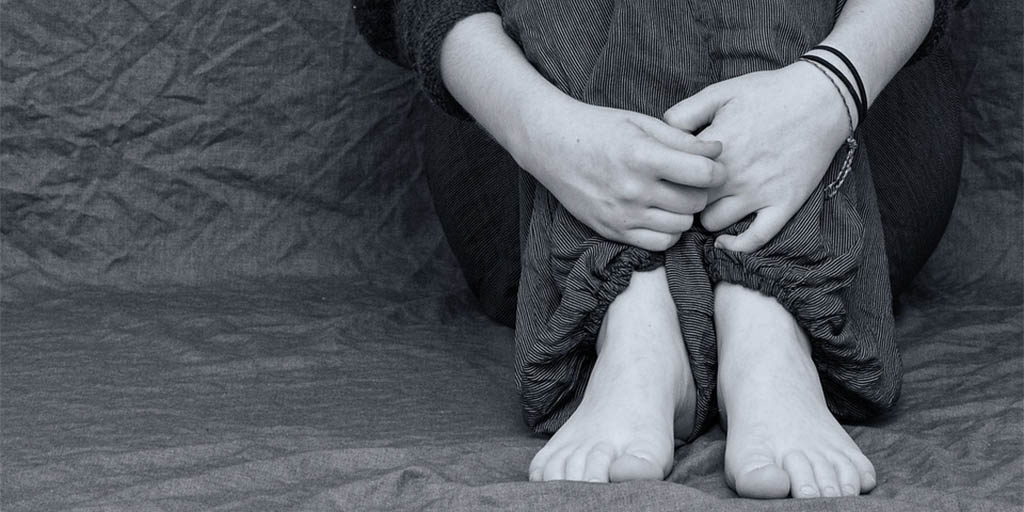What you should know about revenge porn
 CREDIT: PIXABAY/ANEMONE123
CREDIT: PIXABAY/ANEMONE123The biggest problem with revenge porn is that once it is online, there is no way to know how many copies are out there.
Many people’s worst nightmare is their intimate photos and videos being made public online.
The damages for such things can never be undone.
Revenge porn is the sharing of private, sexual materials, either photos or videos, of another person without their consent and with the purpose of causing embarrassment or harm.
Ways of sharing includes the uploading of images online, sharing by text and e-mail, or even showing someone a physical or electronic image.
In other words, showing “intimate images” of a person online and offline without consent, when the subject of those images has an expectation of privacy, is a criminal offence.
In 2015, Bill C-13 was implemented, criminalizing the non-consensual distribution of “intimate images”.
According to the Criminal Code of Canada Section 162.1: “Everyone who knowingly publishes, distributes, transmits, sells, makes available or advertises an intimate image of a person knowing that the person depicted in the image did not give their consent to that conduct, or being reckless as to whether or not that person gave their consent to that conduct, is guilty of an indictable offence and liable to imprisonment for a term of no more than five years or an offence punishable on summary conviction.”
The Criminal Code also defines what is an intimate image as “a visual recording of a person made by any means including a photographic, film or video recording, in which the person is nude, is exposing his or her genital organs or anal region or her breasts or is engaged in explicit sexual activity; in respect of which, at the time of the recording, there were circumstances that gave rise to a reasonable expectation of privacy; and in respect of which the person depicted retains a reasonable expectation of privacy at the time the offence is committed”.
In recent years, these types of cases can now be both criminal and civil cases.
If you are a victim of revenge porn, here are some steps you should take to help you get closer to justice:
For starters, save all the evidence. Include the date of occurrence, what happened, evidence that it happened, who you think did it, evidence that they did it and mark down any evidence you still need and information on who might have it.
Include screen shots of web pages that include visible URLs, printouts, text messages that show names and specific dates and times, PDFs, etc. Make copies of everything just in case.
You can also directly contact websites that have your intimate image online, to request they take it down.
A useful tip is to use Google images reverse image search to help you find as many copies online as possible. Talking to Fanshawe College’s sexual violence prevention advisor, Leah Marshall is a great resource to answer questions you may have in terms of what other steps you can take.














